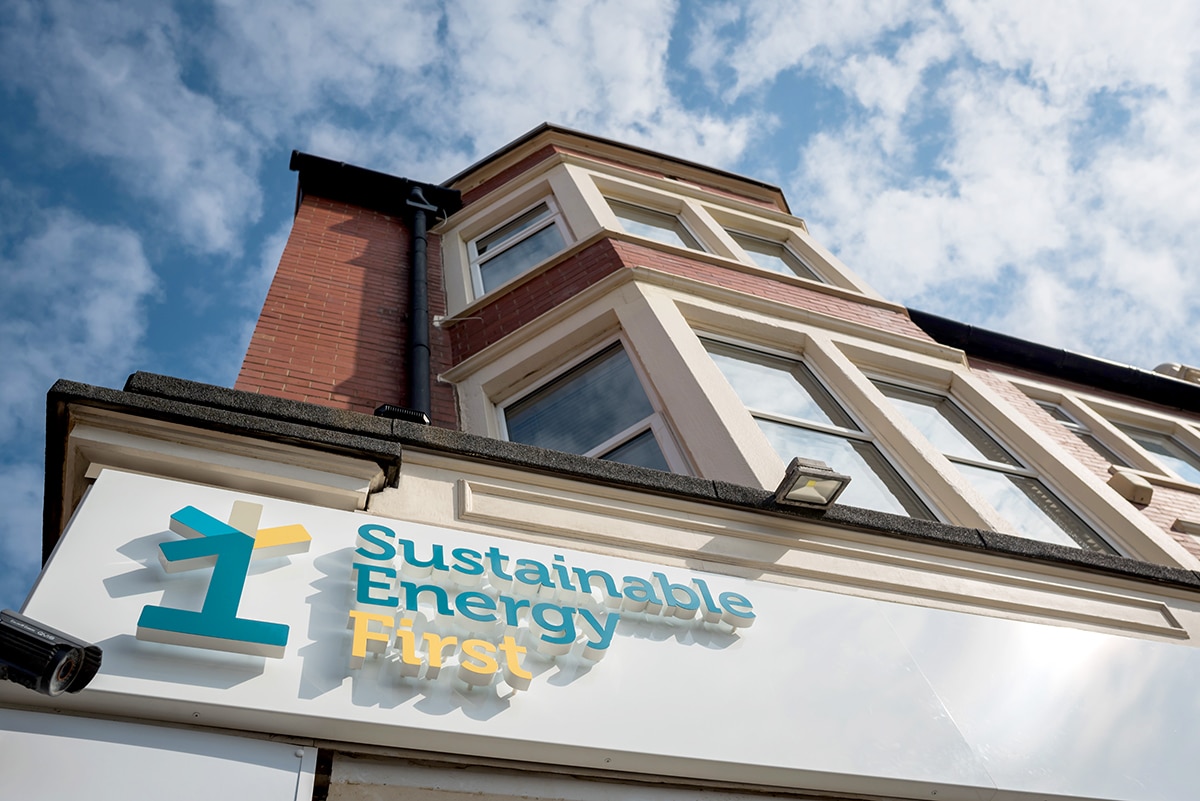As the Internet of Things (IoT) grows, and more devices are becoming connected, we are collecting more data than ever before. In fact, many organisations are collecting big data – extremely large data sets that contain information on everything from customer interactions to asset performance.
This data can be extremely useful to people across the energy sector, from customers to the Grid, but only if it’s utilised properly. Here are just a few of the ways that IoT and big data could contribute to the energy sector:
Give us greater control over our consumption
The costs of sensors have fallen dramatically in recent years, which means that it’s becoming commercially viable for more businesses to adopt IoT. Your individual plant replacement schedule will determine how quickly IoT is absorbed into your business, but it’s likely that within the next ten years, you will be using the IoT daily.
With sensors across your site, you can make decisions at a more granular level – for example, selecting which individual assets you can afford to turn down during peak periods. This could be particularly useful when it comes to compliance regulations like P272. Smart solutions could also enable you to control your IoT devices from your mobile, so you can monitor and adjust your consumption wherever you are.
Pre-empt problems
The real-time data provided by IoT devices can be incredibly useful when it comes to preventative maintenance – pre-empting and resolving small problems before they become a bigger issue for your business.
The big data you can collect from your assets can give you invaluable insight into their performance. Once you have a good idea of how much energy an asset typically uses in a day, for example, a spike in typical consumption will prompt you to investigate further. Sensors are now becoming so advanced that they can alert you to potential issues, so you don’t need to constantly monitor them.
Connecting everything – from your pipes to your machinery – to the IoT can also be beneficial because sensors can often pick up issues long before they would become apparent to humans. When combined with AI, IoT can pick up changes in patterns, or something as subtle as a new vibration or sound, which could go completely unnoticed by your team until a major event happens. As even small issues can have a big impact on the energy efficiency of your assets, finding and fixing them early can make a real difference.
Facilitate the energy revolution
The energy industry is changing, and technology has a significant role in shaping our future energy system. As we move towards a greener future and the way we use and generate energy continues to evolve, it’s likely that we’ll come to rely on the IoT and big data more than ever.
One of the key challenges facing National Grid is the prevalence of distributed generation (DG) which is making it increasingly difficult for the Grid to accurately assess capacity levels. As DG continues to account for a greater share of our electricity supply, we’re likely to see the number of microgrids increase as well. Microgrids are collections of small generators that combine to make a small, freestanding grid, and as such, they are a prime opportunity for IoT. IoT connectivity could really boost the ability for different elements within the microgrid to work together, and analysis of the big data each generator produces could enable operators to ensure the microgrid is working at peak efficiency.
Another problem facing the Grid that could be eased by big data and IoT is the intermittency of renewable generation. Thanks to the IoT, we can now collect big data from weather and satellites that can enable us to make much better-informed predictions about the amount of wind and sun we can expect during a particular time period, so the Grid can make more accurate decisions around capacity. As predictive analytics and machine learning advances, our ability to predict weather conditions should improve further and be of even greater use when it comes to meeting demand from renewable sources.
Deriving value from data
Clearly, the IoT and the big data that IoT devices provide can offer real insight to help optimise your business energy management. However, it’s only useful if you actually use it – many businesses collect big data but have no idea how to interpret it to their advantage.
Inenco’s team has the industry expertise needed to find the real value in your data and enhance your energy management strategy – if you want to make sure that you’re getting the most out of IoT and big data, give us a call today on 08451 46 36 26 or email enquiries@inenco.com.
Inenco’s Chief Technology Officer, Jon Bauer, will be taking part in a panel discussion on ‘Data scientists: The future of energy management?’ at The Energyst Event on Tuesday 17th April 11:30am. Register your free place for the event here.





